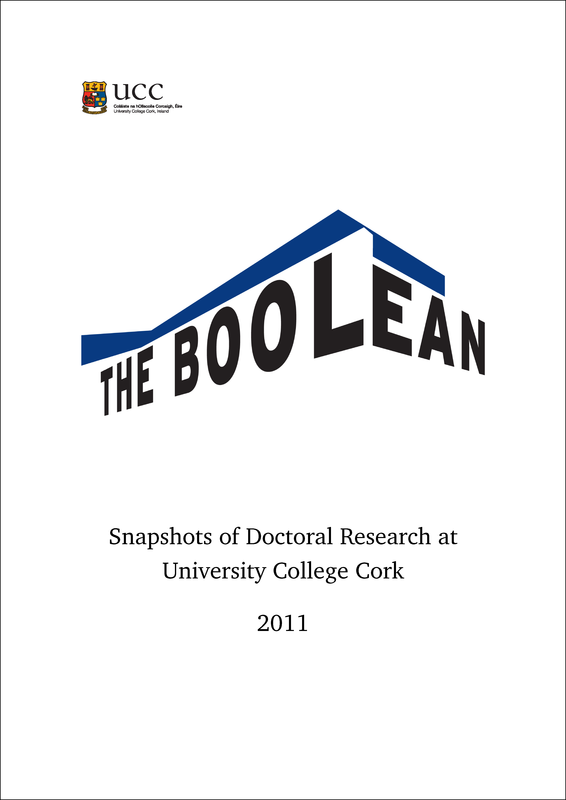Why do skeletons lie about their age?
DOI:
https://doi.org/10.33178/boolean.2011.26Abstract
Age is, essentially, a dichotomy of socially defined hierarchies and chronological measurement. On the one hand, an individual is labelled according to a socially defined passage of time (e.g., infant, adult, etc…), which reflects their level of participation within the community, and, on the other, according to a chronologically measured passage of time. Whilst these elements are mutually exclusive in their construct, to varying degrees they are dependent on each other for their definition. It is the variation in these definitions that presents a bioarchaeological paradox. The labels of one element have been borrowed by the other, resulting in semantic confusion of social and metric labelling, which has negatively impacted on any attempt to answer one of the most basic of osteological inquiries, age-at-death estimation. Is a 14 year old in India, who is betrothed, works full time and contributes financially to the household an adult or child? Is a ...Published
2011-01-01
Issue
Section
Articles
License
Copyright (c) 2011 the author(s)

This work is licensed under a Creative Commons Attribution-NonCommercial-NoDerivatives 4.0 International License.



